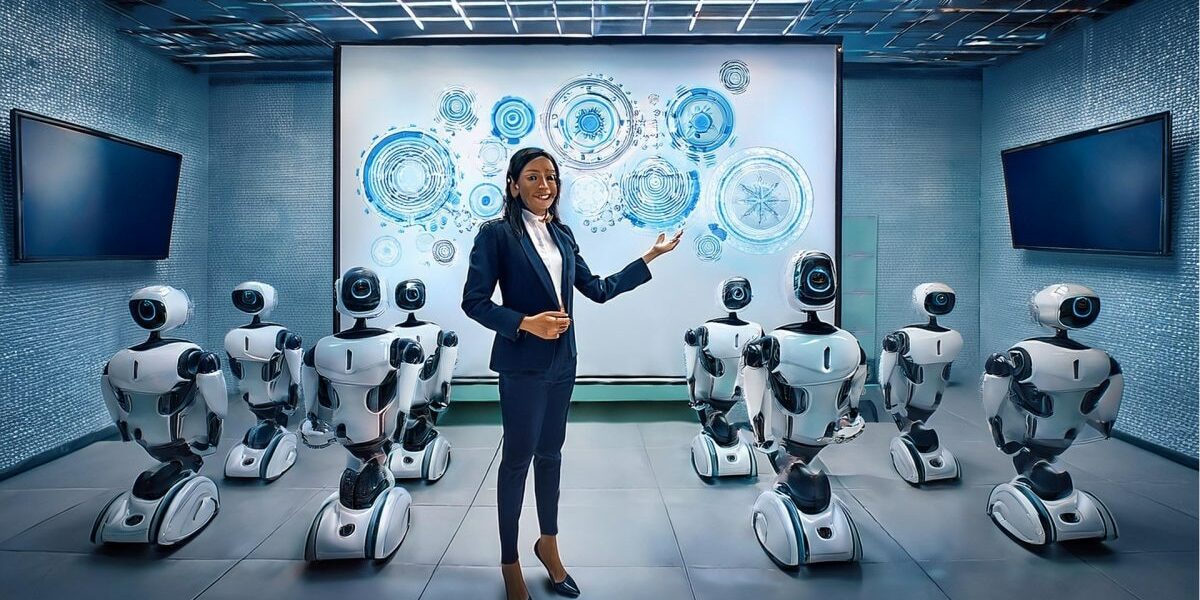Scientists at UC Berkeley have unveiled a game-changing tool called RoVi-Aug. This clever framework allows engineers to simplify how robots learn by allowing them to transfer skills between models without needing human guidance. t’s a step closer to making robots more independent
read more
Robots are becoming more common in real-world settings, but there’s still a major hurdle — how to get them to adapt to new tasks and environments without endless retraining.
Traditional methods often require heaps of data and customised training for each model, making the process slow and laborious. Now, researchers are shaking things up by crafting frameworks that help robots share skills, skipping the tedious learning curve.
Scientists at UC Berkeley have unveiled a game-changing tool called RoVi-Aug. This clever framework allows engineers to simplify how robots learn by allowing them to transfer skills between models without needing human guidance. It’s a step closer to making robots more versatile and independent.
Cracking the code for skill sharing
One of the biggest challenges in robotics is getting robots with different designs and hardware to share what they’ve learned. Imagine a robot chef teaching a factory bot how to assemble parts — sounds futuristic, right?
This skill-sharing ability could save time and open up countless possibilities across industries.
The problem is that current robotics datasets are pretty lopsided. Popular robots like the Franka and xArm manipulators dominate the data, leaving other models out in the cold. This uneven spread makes it tricky for robots to generalise their skills effectively.
A smarter way to train robots
To tackle this, the UC Berkeley team developed RoVi-Aug. This system uses cutting-edge diffusion models to create synthetic demonstrations, tweaking both the robot types and the camera angles in the process. Essentially, it generates a mix of realistic training scenarios, helping robots learn more flexibly.
RoVi-Aug has two key parts. The Ro-Aug module focuses on generating data for different robot systems, while the Vi-Aug module adds variety by simulating diverse camera perspectives. Together, they create a richer training dataset that helps robots adapt to new tasks more efficiently, breaking down barriers between different models.
A leap toward generalised robotics
The inspiration behind RoVi-Aug stems from advances in machine learning, especially in generative models that excel at generalisation. UC Berkeley researchers aimed to replicate this adaptability in robotics, making it easier for robots to function in unpredictable settings.
With RoVi-Aug, the dream of robots learning on the fly without human input is becoming a reality. It’s not just a technical win — it’s a glimpse into a future where robots truly work smarter, not harder.
End of Article
This post was originally published on here







